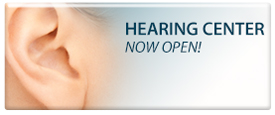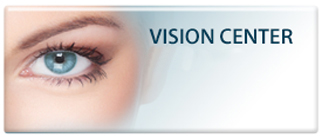Blepharitis is a common, chronic inflammatory condition that affects the eyelids. It causes discomfort, but it’s not contagious and doesn’t typically affect your eyesight. Unfortunately for our patients in Southaven, blepharitis has no cure. However, treatment is easy and usually very effective.
Symptoms of Blepharitis
Blepharitis can cause a wide variety of uncomfortable symptoms. Some of the most common signs of this condition include:
- Burning
- Flaking
- Red, swollen, inflamed eyelids
- Greasy eyelids
- Crusting
- Grating
- Light sensitivity
- Itching
- Dry eyes
- Watery eyes
- Missing eyelashes
Distinct symptoms signify what kind of blepharitis you have. The four main kinds are:
- Staphylococcal—sticking eyelids; thickened eyelid margins; missing or abnormal eyelashes
- Seborrheic—greasy flakes or scales on edges of eyelids; redness
- Ulcerative—hard crusting; oozing bloody sores; excessive tearing; missing eyelashes; malformed eyelid edges
- Melbomian—deficient tears; redness in eyelid lining
Types and Causes of Blepharitis
There are two major categories of blepharitis. Each one affects a different part of your eyelid. You may experience both types at the same time, though they can also occur independently.
- Anterior blepharitis: This more common type of blepharitis affects the outer front edge of the eyelid where the eyelashes are attached. It is most often caused by a bacterial staph infection or scalp dandruff.
- Posterior blepharitis: This condition is caused by problems with the eye’s oil glands and affects the inner eyelid where it touches your eyeball. It is caused by one of two skin disorders: acne rosacea or scalp dandruff.
Treating Blepharitis
When you visit our optometry office in Southaven for blepharitis, we’ll assess your eyes and eyelids to provide a complete diagnosis of the condition. In most cases, blepharitis can be managed well with simple, at-home care, so you’ll need to keep up with careful eyelid hygiene practices. These include warm compresses, washing the lids with baby shampoo, massaging your eyelids and using dandruff shampoo every time you shower. Visit us before beginning any treatment to ensure you’re following the correct procedures.
When blepharitis is severe, it may also require the help of antibiotic or steroid eye drops. Artificial tears and lubricating ointments may be prescribed if you’re experiencing certain symptoms.
If you have blepharitis, you should use dandruff shampoo, avoid makeup and discontinue the use of contacts until the symptoms go away. Symptoms can typically be controlled for extended periods of time, but they rarely vanish completely, so expect to experience occasional relapses. Anytime you’re concerned about your eye health or blepharitis, please take the time to visit us for a professional diagnosis and recommended treatment plan.


